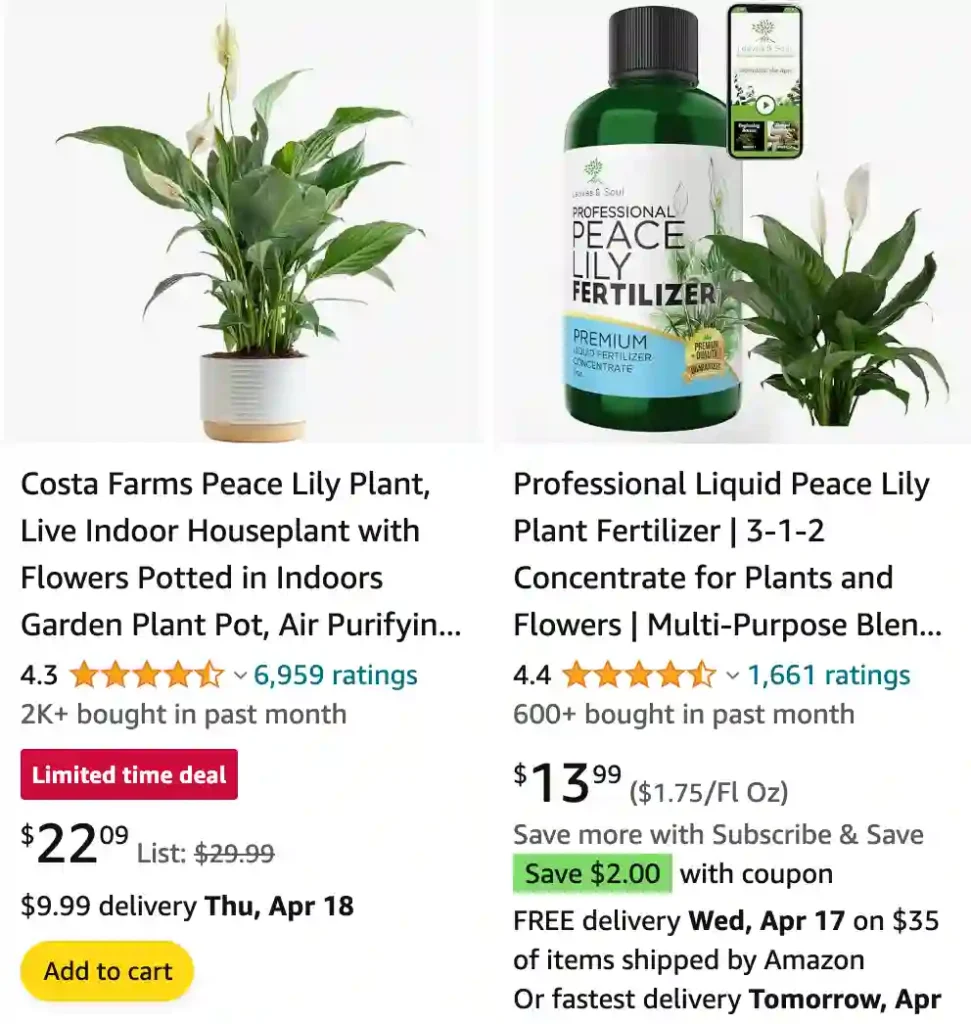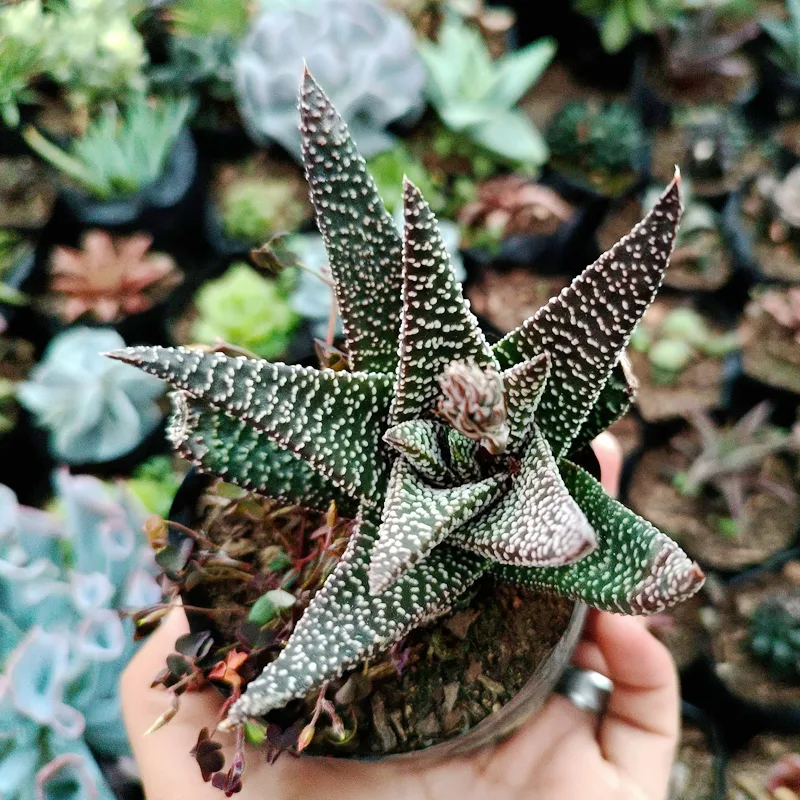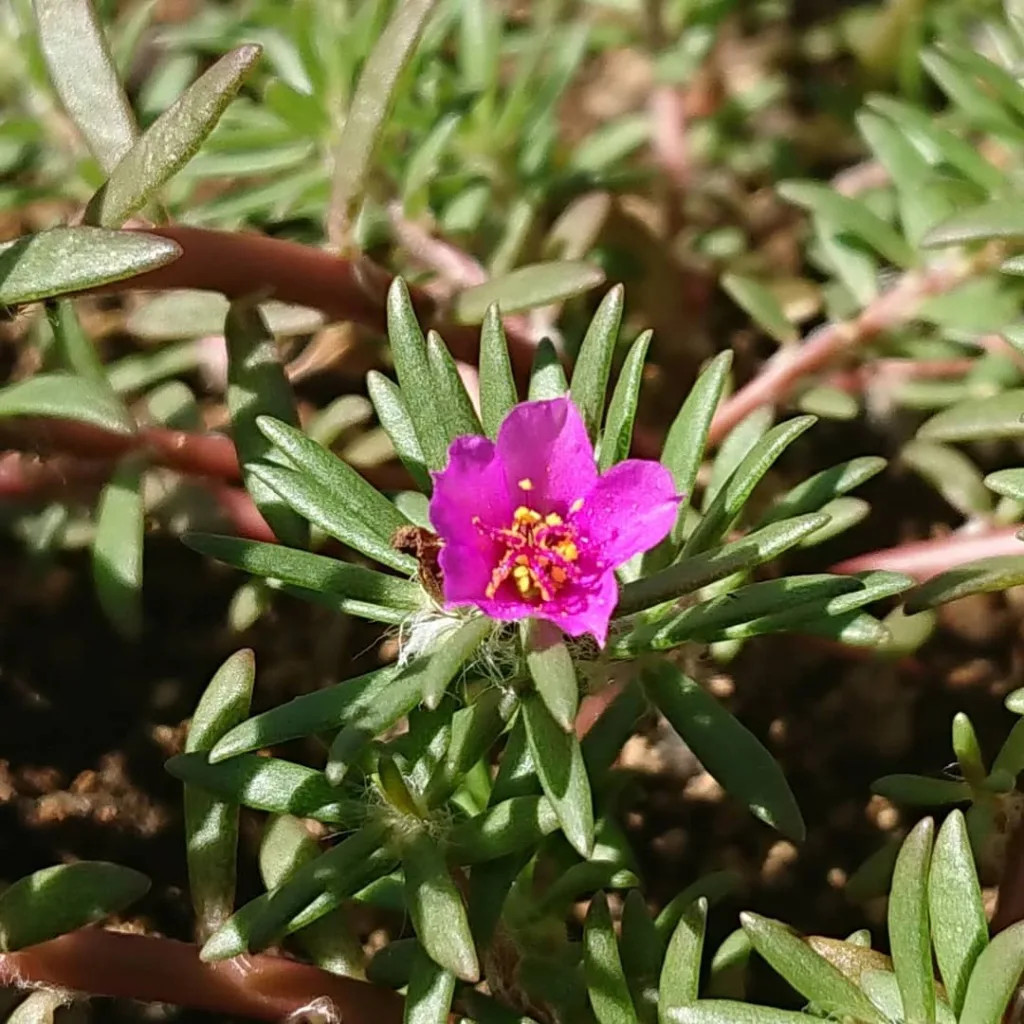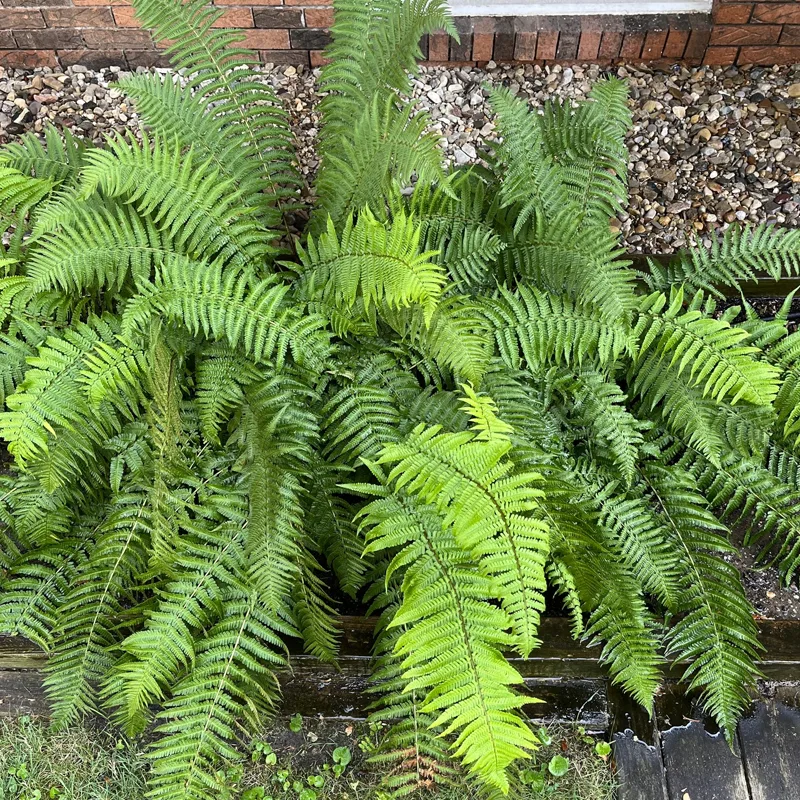
Is peace lily toxic to cats?
Yes, unfortunately my curious cat Whiskers learned the hard way that peace lily isn’t exactly feline-friendly. One day I came home to find him chomping on a leaf, and within a few minutes he started drooling excessively and seemed uncomfortable. Luckily, the vomiting wasn’t too severe, and after some coaxing he lapped up some milk which seemed to soothe his irritated mouth. That whole experience definitely convinced me to keep the peace lily on a high shelf where Whiskers can’t reach it anymore. It’s a beautiful plant, but not worth the vet visit scare!
What to do if cat eats peace lily?
Having been through the panic of my cat, Whiskers, deciding to snack on a peace lily leaf, I know how stressful this can be. The best thing to do first is stay calm and try to remove any leftover plant bits from your cat’s mouth. Then monitor them closely for the next few hours. The most common symptoms are drooling, pawing at the mouth, and maybe some vomiting. Milk or yogurt can help soothe irritation. While truly life-threatening reactions are rare, it’s still a good idea to call your vet for advice and just monitor your furry friend to make sure they recover quickly.
How often do you water a peace lily?
Watering my peace lily has been a bit of a learning process. When I first got it, I was terrified of overwatering it and causing root rot, so I’d let the soil get pretty dry before giving it a drink. Turns out, peace lilies are quite the drama queens and wilt the second they get thirsty! Now, I usually give it a thorough watering about once a week or so, but I always check the soil first. If the top inch or two feels dry to the touch, the plant gets a nice drink.
Is peace lily toxic to dogs?
Unfortunately, yes, peace lilies are toxic to dogs just like they are to cats. I learned this lesson firsthand when my pup, Buddy, decided that my beautiful plant looked like a chew toy. He only got a few bites in before the burning and irritation set in. Luckily, he only experienced some drooling and vomiting, but it was still pretty scary to see. Now, my peace lily stays safely out of Buddy’s reach, and I stick to durable dog toys instead!
What to do if dog eats peace lily?
Watching my playful pup, Buddy, munch on my peace lily was a scary experience. Peace lilies contain a substance that’s irritating to a dog’s mouth and stomach. Thankfully, Buddy only suffered some drooling, vomiting, and pawing at his mouth after the incident. If your dog eats a peace lily, it’s definitely a situation worth calling your vet about. In the meantime, try to wipe their mouth to remove any plant material, and offer them something soothing like milk or yogurt. Closely monitor your pup and update your vet on any changes in their condition.
How to prune a peace lily?
Pruning my peace lily used to feel a bit intimidating, but now it’s second nature. I focus on two things: keeping it tidy and encouraging new blooms. Anytime I see a spent flower starting to fade or turn brown, I grab my clean pruning shears and cut the entire stem off at the base. I also remove any yellowing or old leaves the same way. It seems counterintuitive, but pruning like this actually helps the plant channel its energy into healthy growth rather than wasting it on dying or damaged parts.
Why are my peace lily leaves turning brown?
There could be a couple reasons why your peace lily leaves are turning brown. Overwatering is a common culprit for me. I know from experience that if I forget about my plant for a bit too long and the soil gets soggy, the leaves start to develop brown spots or edges. underwatering can also cause browning, but usually that starts with the leaves wilting first. Another possibility is that the plant might be getting too much direct sunlight. Peace lilies prefer nice, indirect light. If yours is sitting right next to a sunny window, that could be the culprit. Finally, if the brown spots seem more random and scattered rather than just on the tips or edges, it could be a sign that your plant needs a little fertilizer boost. I usually fertilize mine once a month during the spring and summer, but always follow the directions carefully so I don’t overdo it.
Does peace lily like to be root bound?
Yes, peace lilies actually seem to thrive in a snug pot! I used to think repotting frequently was necessary, but I learned that these plants like a bit of a tight squeeze. When they’re slightly rootbound, they absorb water better and the blooms last longer. Of course, I don’t let them get completely choked out by their roots. Every few years, when roots start bursting through the drainage holes or the plant just looks like it’s outgrown its current home, I’ll size up the pot just a little.
When to repot a peace lily?
I always like to repot my peace lily in the spring. It seems to be the time of year when the plant has the most energy and can handle the transition to a new pot the best. Of course, I won’t wait until the next spring if it’s absolutely necessary – like if I see roots poking out of the drainage holes or bursting through the top of the soil. But for regular maintenance repotting, I find that waiting until spring gives my peace lily the best chance for happy growth in its new, slightly roomier home.
Why is my peace lily not blooming?
My peace lily can be a bit of a diva when it comes to blooming, so I understand the frustration! There are a few reasons I’ve encountered. Sometimes, it’s simply that my plant hasn’t matured enough yet. Younger peace lilies might need a year or two to get established before they start producing blooms. The most common problem for me is low light. When I first brought my peace lily home, I had it in a corner that I thought was pretty bright, but it never produced a single bloom. Once I moved it closer to a window, it started flowering like crazy! Finally, sometimes a little fertilizer boost is what my peace lily needs to get back to blooming. If I haven’t fertilized it in a while, I’ll give it a diluted balanced fertilizer a few times during the growing season to jumpstart things.
Does peace lily like coffee grounds?
Yes, peace lilies can actually benefit from coffee grounds! I was skeptical at first, but after doing some research, I started adding a small handful of used coffee grounds to the top of my peace lily’s soil about once a month. They act as a mild fertilizer and add a bit of acidity to the soil, which these plants love. I have noticed that since adding a little coffee boost, my peace lily seems to have perkier leaves and produce more blooms. It’s worth noting that moderation is key – too much of a good thing can cause problems, even with coffee grounds!
Does peace lily like humidity?
Yes, peace lilies absolutely love humidity! They’re native to tropical rainforests, so they naturally thrive in those warm, humid environments. In my home, I try to mimic those conditions to keep my peace lily happy. During the drier months, I’ll regularly mist its leaves or place the pot on a tray of pebbles and water to increase the moisture in the air around it. I’ve also invested in a small humidifier for my plant corner, which has been a game-changer, especially in winter when the air gets really dry.
How long does a peace lily live?
The lifespan of a peace lily depends a lot on how well it’s cared for. On average, a healthy indoor peace lily can easily live for three to five years, but I’ve heard of people keeping them happy and thriving for decades! With proper watering, enough light, some occasional fertilizer, and a little extra attention when they need it, these beautiful plants can grace your home for a very long time.
Can you grow peace lily outside?
While mostly known as houseplants, you actually can grow peace lilies outside if you live in the right climate! They thrive in USDA hardiness zones 10-12, which means consistently warm temperatures and no frost. I wish I could grow mine outside, but my location gets a bit too chilly for them. If you live in a warm enough area, try planting your peace lily in a shady spot with moist, well-draining soil. It will likely grow larger and produce more blooms than it would indoors.
How to save a peace lily from root rot?
Unfortunately, sometimes even our best efforts fail and our peace lilies fall victim to root rot. I’ve been there, and it’s always a race against time. If you suspect root rot, the first step is to act quickly. Unpot the plant and carefully inspect the roots. Healthy roots are white and firm, while rotting ones will be mushy and brown or black. Carefully trim away all damaged roots with clean pruning shears. You may also want to trim back some leaves and blooms to reduce stress on the plant. Repot with fresh, well-draining soil and adjust your watering habits to avoid the same problem again. I usually wait a few days after repotting to water the plant, giving the damaged roots a chance to heal over. Sometimes a sprinkle of cinnamon on the cut root ends can help discourage further rot. Unfortunately, if the rot is too widespread, there might not be enough healthy root left to save the plant.
Peace Lily vs Calla Lily
From my experience, Peace Lilies are fantastic for their glossy, dark green leaves and long-lasting white blooms, which always seem to brighten up a room, while Calla Lilies, with their elegant trumpet-shaped flowers, bring a more dramatic and refined touch to any space.
Peace Lily vs Bird of Paradise
I’ve found that Peace Lilies are incredibly easygoing, thriving in lower light and forgiving of occasional neglect, whereas Bird of Paradise plants, though stunning with their bold, banana-like leaves and striking flowers, require more sunlight and care to truly flourish.
Peace Lily vs Easter Lily
The Peace Lily has been a reliable performer for me, with its continuous blooming and low maintenance needs, while Easter Lilies, though beautiful with their large, fragrant white flowers, have a much shorter bloom period and tend to be a bit more temperamental.
Peace Lily vs Anthurium
In my home, Peace Lilies have proven to be very resilient and low-maintenance, whereas Anthuriums, although they offer an impressive range of vibrant colors and long-lasting blooms, need a bit more humidity and attention to keep their glossy leaves looking their best.
Peace Lily vs Chinese Evergreen
I’ve always enjoyed the Peace Lily’s constant bloom and forgiving nature, but Chinese Evergreens, with their varied and striking foliage, have impressed me with their ability to adapt to different light conditions and their overall durability.
Peace Lily vs Lily
While Peace Lilies are a go-to for their easy-care nature and long-lasting white flowers, I’ve found that traditional Lilies, with their bold and colorful blooms, can be a bit more demanding in terms of care and are usually more fleeting in their flowering.
Peace Lily vs Sensation Plant
Peace Lilies have been a staple in my home for their low-maintenance and steady blooms, but the Sensation Plant, with its distinctive, almost alien-like flowers, has caught my eye for its unique appearance, although it does require a bit more effort to keep it thriving.




